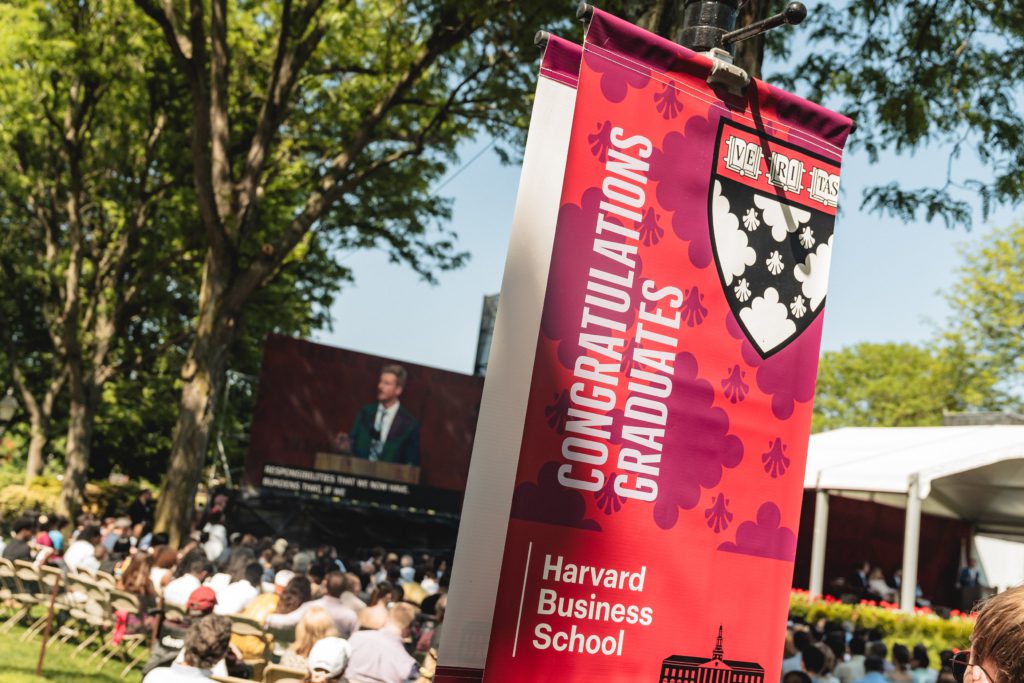CNN
—
Streaming appears poised to undergo what some have called “The Great Re-Bundling,” with services merging, combining or forming alliances that will essentially reconstruct the cable “bundle” that consumers relied upon for decades.
While that makes sense for studios eager to offer “more robust and streamlined content,” as Disney CEO Bob Iger said earlier this year, subscribers have every reason to wonder “What’s in it for me?,” and if all these high-stakes corporate announcements will really benefit them.
Will it make access to at-home viewing options cheaper? More plentiful? Easier to navigate and find what you want? Less of a chore to manage in terms of juggling multiple subscriptions?
That’s the goal, but honestly, we can’t really know.
The latest news to ripple through the streaming front involved reports Paramount, prior to moving forward on its merger with Skydance, looking to combine its Paramount+ with another service. Max, the HBO-centered provider from CNN parent Warner Bros. Discovery, was among those cited as potential partners.
Such an arrangement would follow the formal announcement in February of Venu Sports, a joint sports offering consisting of Disney’s ESPN, Fox and Warner Bros.; Disney’s intra-studio attempt to create a mega-service to subscribers who ante up for its trio of services: Disney+, Hulu and ESPN+; and Disney’s collaboration plan with Warner Bros. on a bundle consisting of Disney+, Max and Hulu.
The advantages for the companies, as they seek to compete with Netflix and the tech giants (Amazon and Apple foremost among them) that have helped crowd the streaming waters, aren’t certain, but the objectives seem clear, beginning with the hope these combined or consolidated services will reduce churn – that is, people signing up and cancelling and signing up again.
What has become increasingly obvious, though, is for all the knocks on cable, starting with the fact consumers paid for lots of channels they never watched, its one-stop-shopping approach eliminated some of the challenges springing up now.
That old system worked because the “bundle” actually created a mechanism to financially support a vast number of choices serving various tastes.
Simply put, paying for ESPN if you don’t like sports, or CNN and MSNBC if you don’t watch news, might have been irritating, but those millions of cable subscriptions spread out the revenue in a way that made dozens and dozens of channels available and affordable.
The dream of a more a la carte system, where you pay for what you watch, has turned out to elusive, primarily because there’s no way – at least yet – to adopt that where the cost doesn’t become onerous, and maybe even prohibitive, for many consumers.
Unwinding the bundle by “cord cutting” on cable subscriptions might have felt good, but in terms of the industry’s economics, that shift opened Pandora’s box. While Disney or Paramount’s profits need not concern consumers, the ability of those companies to produce and present TV shows and movies people want to see does.
After cutting the cord, stitching it back together in a different form through re-bundling comes with question marks, and risks. Just ask newspapers that once delivered a physical bundle that landed on people’s doorsteps before the digital age upended their business model.
The promises made by executives like Iger, who called Venu “a major win for sports fans,” might very well work out. In theory, consumers could indeed be spared some of the “annoyance and decision-making,” as Washington Post columnist Megan McArdle wrote, associated with keeping track of a half-dozen streaming services, adding that’s “why so many consumers prefer things like all-inclusive vacations, and why bundling is a common business practice.”
Still, when it comes to implementing structural changes in how entertainment gets distributed and consumed, an adage well known to most Disney characters remains worth remembering: Be careful what you wish for.











